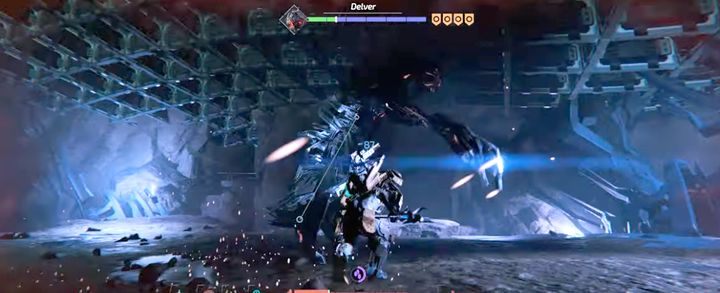


#The surge 2 implant circuitry full
However, these biomarkers have not been compared with one another over the full course of functional recovery with fine-grain temporal resolution at the level of individual neurons. In the auditory system, a loss of cochlear hair cells and/or cochlear nerve afferent synapses is associated with reduced GABA signaling and cortical hyperexcitability, as manifest in elevated spontaneous firing rates, enhanced central gain and unmasking of sound-evoked responses from undamaged regions of the cochlea ( Qiu et al., 2000 Chambers et al., 2016 Seki and Eggermont, 2003 Yang et al., 2012 Scholl and Wehr, 2008). Whether and how synaptic and extra-synaptic modifications underlie reorganized sensory processing in deafferented zones of the adult cortex remains to be determined, but accumulating evidence from intact preparations suggests that the stabilization of new synaptic inputs from spared regions of the sensory periphery may emerge through a combination of rapid disinhibition and increased structural motility ( Li et al., 2014 Marik et al., 2014 Yamahachi et al., 2009 Darian-Smith and Gilbert, 1994 Keck et al., 2011, 2013 Garraghty et al., 1991 Florence et al., 1998). Recordings from cortical pyramidal neurons in culture or acute brain slices following sudden shifts in excitatory input have revealed a coordinated sequence of changes at glutamatergic and GABAergic synapses that normalize firing rates and rebalance network activity ( Kilman et al., 2002 O'Brien et al., 1998 Turrigiano et al., 1998 Xue et al., 2014 D'amour and Froemke, 2015 Li et al., 2014). The initial stages of this reorganization may be enabled by homeostatic processes that compensate for dramatic swings in afferent input to maintain neural excitability around a set point ( Nahmani and Turrigiano, 2014). In sensory cortex, reorganization following injury involves a rapid unmasking of inputs from adjacent, undamaged regions of the sensory periphery and, in cases of incomplete injury, a slower, progressive increase in responsiveness to surviving nerve fibers within the damaged region ( Rasmusson, 1982 Merzenich et al., 1983 Gilbert and Wiesel, 1992 Kaas et al., 1990 Robertson and Irvine, 1989 Qiu et al., 2000 Chambers et al., 2016 Calford and Tweedale, 1988). The enduring plasticity of the adult brain supports a remarkable recovery of perceptual and motor capabilities following peripheral nerve injury. These findings underscore the potential importance of self-regulated inhibitory dynamics for the restoration of sensory processing in excitatory neurons following peripheral nerve injuries. Whereas the status of brainstem-evoked potentials did not predict the recovery of sensory responses to surviving nerve fibers, homeostatic adjustments in PV-mediated inhibition during the first days following injury could predict the eventual recovery of cortical sound processing weeks later. We related the day-by-day recovery of sound processing to dynamic changes in the strength of intracortical inhibition from parvalbumin-expressing (PV) inhibitory neurons.

To address how these plasticity processes are coordinated over the course of functional recovery, we tracked receptive field reorganization, spontaneous activity, and response gain from individual principal neurons in the adult mouse auditory cortex over a 50-day period surrounding either moderate or massive auditory nerve damage. Cortical neurons remap their receptive fields and rescale sensitivity to spared peripheral inputs following sensory nerve damage.


 0 kommentar(er)
0 kommentar(er)
